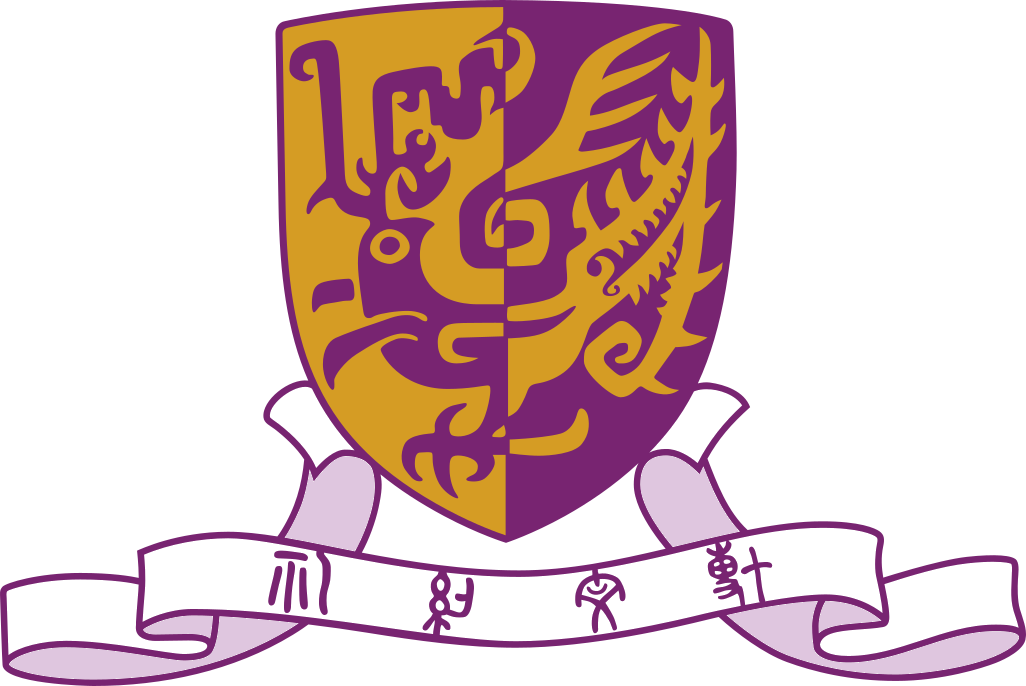Principal investigator: Jan Schnupp
Grant scheme: General Research Fund, project Nr 11103524 (CU 2141368)
Funding amount: HK$ 1,257,899
Grant duration: 01.01.2025 - 31.12.2028
Abstract
Severely deaf patients who had their hearing restored with cochlear implants (CIs) perform substantially worse at pitch discrimination than their normally hearing peers, which impairs their ability to appreciate music, or to understand tonal languages like Chinese. Pitch is a perceptual quality created by the brain which is informed by two types of cues collected by the ear: place cues derive from the distribution of activity along the tonotopic array of the ear, while timing cues derive from an analysis of the precise distribution of auditory nerve action potential intervals. Current clinical CIs are very limited in delivering either cue. Place cues are limited by the fact that stimulating current spreads easily laterally along the tonotopic array, and this is hard to improve upon. Timing cues are limited because currently available CI stimulation strategies link the timing of electrical stimulus pulses to a fixed system clock instead of allowing it to vary smoothly to reflect the pitch period of incoming sounds. This limitation could more easily be lifted with better algorithms, but how much that might improve pitch perception remains unclear, because experiments on current CI users are necessarily performed on patients who have been desensitized by many months of stimulation in which pulse timing is uninformative. Experiments involving a gradual desensitization through prolonged training of volunteers indicate that significant gains are possible, but how far this could go remains unknown. Furthermore, experiments on temporal pitch coding are confounded by the fact that faster, and therefore higher-pitched, pulse trains also deliver more stimulus energy per unit time, and are therefore louder. Disambiguating pitch effects from loudness effects can be very difficult. Here we aim to overcome these limitations in two ways: firstly, by working on naive experimental animals who do not need to unlearn the effects of countless hours of stimulation with uninformative fixed pulse rates, and secondly, by using a novel experimental design in which we vary (modulate) both pulse rate and pulse amplitude simultaneously and independently, both in and out of phase. This enables us to characterize the effect of pulse rate changes on both pitch and loudness separately, and to isolate the pitch effects. In addition, we will perform recordings from the auditory midbrain of our animals to characterize the neural basis of the sensory discriminations made by our animals. Our results will be very valuable to designers of better CI stimulation strategies of the future.

